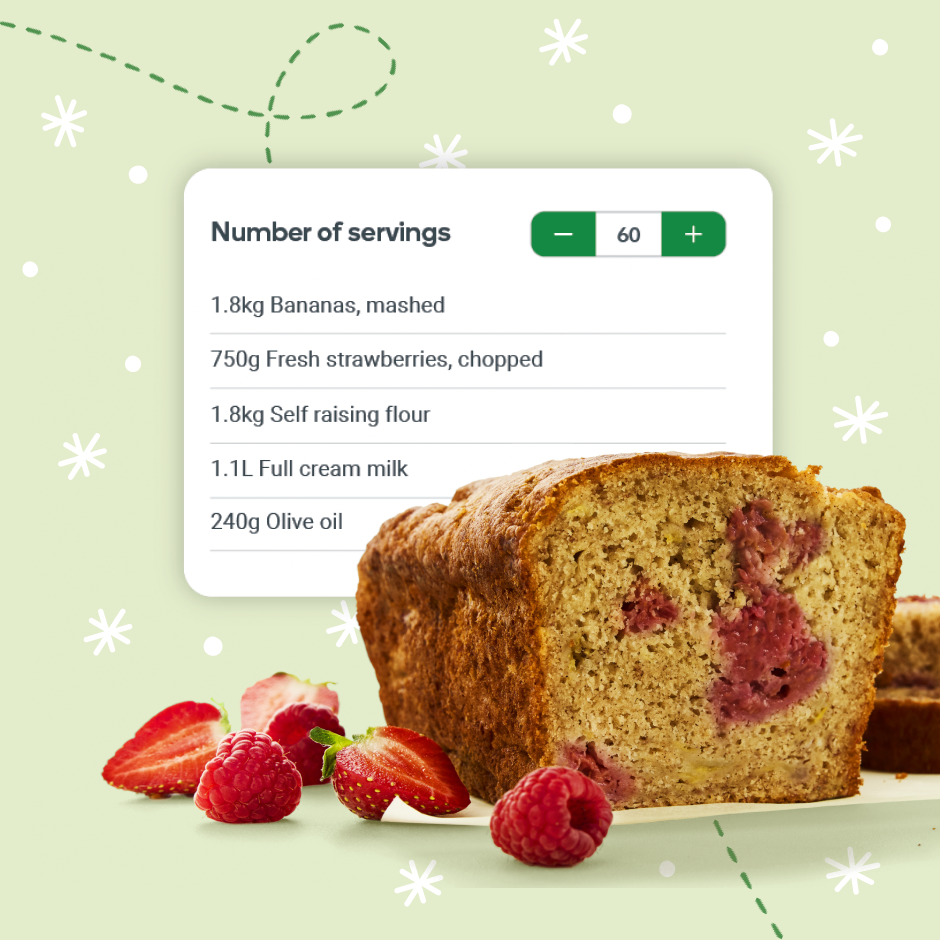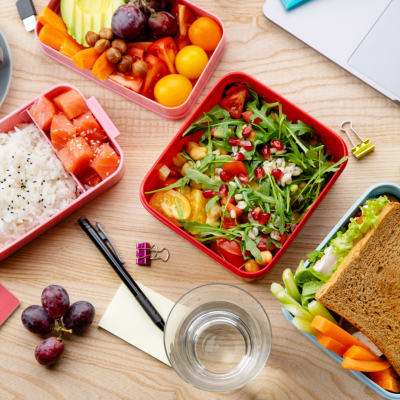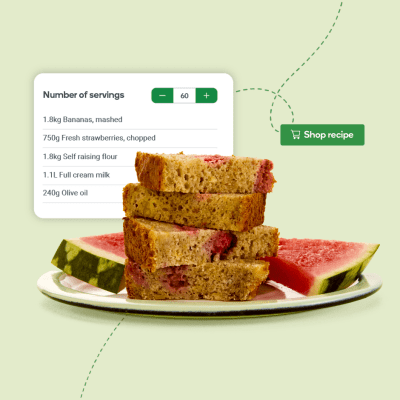Perfect for any ECEC’s winter recipes
As we change seasons and move into the colder months of winter, it can also be the season for more coughs and colds to strike our children. Woolworths at Work’s Menu Plan and Order has ECEC winter recipes designed to help with this challenge. The recipes are packed with the nutrients small bodies need, including plenty of fruits, vegetables and legumes. These not only taste delicious, they’re essential for good health. They contain phytonutrients, vitamins and minerals that may support the immune system.
Curious about foods you can add to your winter menu to support children’s immune health? Let me share 12 ingredients you could try to keep those cooking (and eating) more engaged. Enjoy the read below and I invite you to watch the Winter Menu Plan & Order webinar I joined where I shared more insights specifically with ECEC workers in mind.
Onions
Flavoursome and so easy to add into a range of meals and recipes, onions are a source of vitamin C. Vitamin C itself is important for cells involved in immune function and it may help the body to absorb iron, which is also important for immune function.
A single medium onion will give you two of your five servings of vegetables, so add them finely chopped to curries and soups, into pasta sauces or even roast or barbecue them.
Yoghurt
Probiotics are a type of good bacteria. They may help to support gut health, which may in turn influence our immune health. A good source of probiotics? Yoghurt, often a child’s favourite.
All yoghurts have live bacterial cultures, but only some have added probiotics – that is, bacteria in great enough numbers to have a proven health benefit. Look for a yoghurt with a claim on the label about probiotics to ensure you buy one with enough of the good bacteria to have health benefits.
You can incorporate yoghurt into a menu by adding a scoop on cereal at breakfast, as a snack with fruit or add a dollop on curries or in pumpkin soup with main meals. You can even use yoghurt to make a delicious tzatziki dip with a colourful array of vegetables (e.g. capsicum, carrot, snow peas,) for children to enjoy dipping.
Legumes
Rich in dietary fibre, legumes include lentils, chickpeas, kidney beans, green peas, edamame, black beans, baked beans and many more. Some of this dietary fibre is prebiotic, which helps to feed good gut bacteria. Good gut bacteria may have a positive effect on immune health. A big bonus of legumes is that they are a very economical source of protein also.
Legumes should be introduced into the diet gradually to avoid any unpleasant flatulence. Try adding legumes such as chickpeas or red lentils to salads, soups, pasta sauce or trying serving classic baked beans on toast.
There are legumes packed into many of the Menu Plan & Order recipes including Hungarian Bean Goulash, Italian Lentil and Veggie Pasta Bake & Mixed Bean Ratatouille.
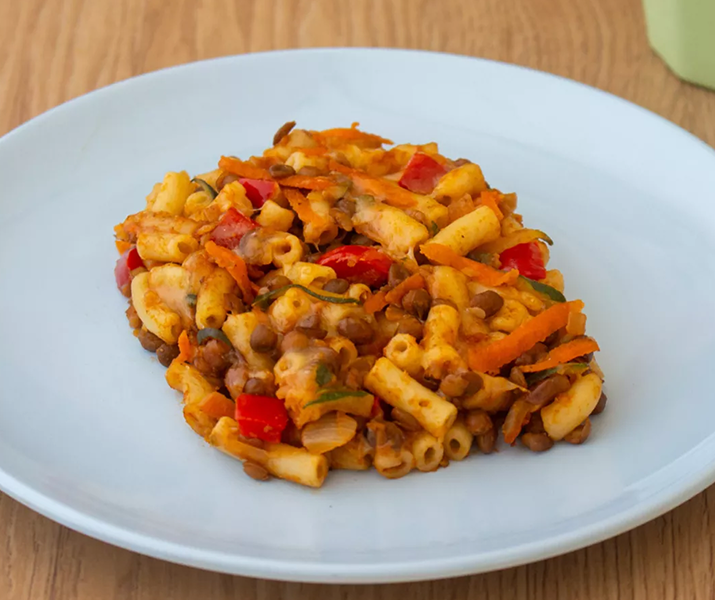
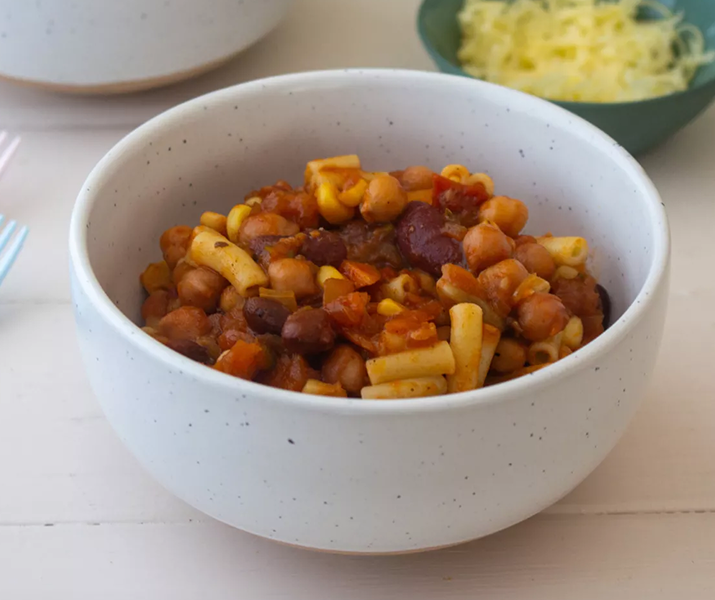
Red capsicum
Another vegetable that is bursting with vitamin C is capsicum, – particularly the red varieties, which contain more vitamin C than the green or yellow capsicums. A small red capsicum has around 60mg of vitamin C. The recommended dietary intake per day for children 1-8 years is 25mg and for adults is 45mg, so just a few slithers of red capsicum will go a long way. Vitamin C is important in the function of white blood cells and in the synthesis of collagen, which may benefit skin, in its important barrier function.
Chop capsicum up to serve with hummus; roast, grill or pop it on some homemade pizza. You can also blend it and add to pasta sauce and soups, adding sweetness to the dish.
Orange vegetables
Beta carotene is an antioxidant that may have immunomodulating effects to support the body and immune system. It’s found in orange vegetables like pumpkin, sweet potato and carrots. Fun fact: the beta carotene is what gives these vegetables their orange colour.
Try roasted pumpkin, grated carrot in wraps or sandwiches, or add any of these delicious orange veggies to savoury muffins, soups and casseroles. You can swap around the orange vegetables in the ingredients of the Menu Plan & Order recipes.
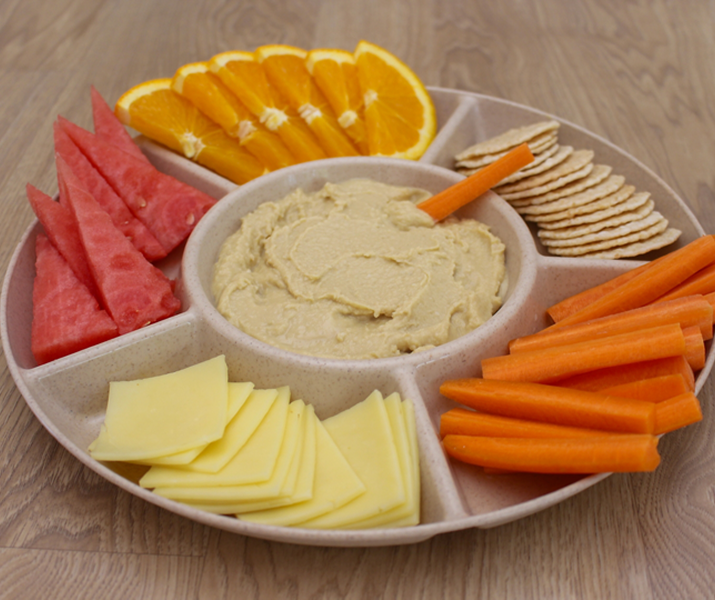
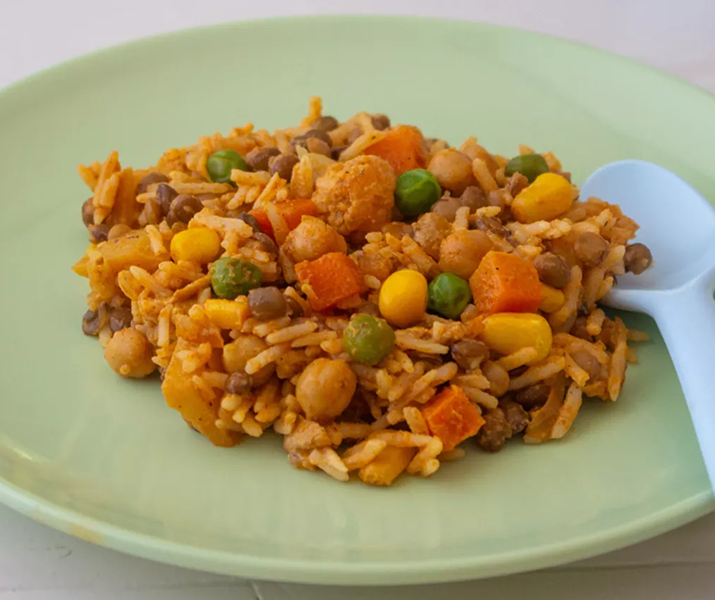
Tomatoes
Along with vitamin C and beta carotene, tomatoes also contain lycopene, an antioxidant group that may support immune health.
Use tomatoes in recipes fresh or cooked. Fry them with an egg, roast them or add them to a sauce. Cherry tomatoes make the perfect snack for little fingers to easily help themselves to. For something different, you could try native bush tomatoes, an Indigenous fruit that’s similar to a small eggplant and has plenty of vitamin C.
Blueberries
Blueberries and other berries are rich in anthocyanins, a type of flavonoid with antioxidant properties. The anthocyanins are what give blueberries their colour and they also may support immune health.
Blueberries work well in a smoothie, fruit platter or pikelets. They also make a great addition to snacktime during the day. When not in season, frozen blueberries can do the trick, the nutrients are all still there.
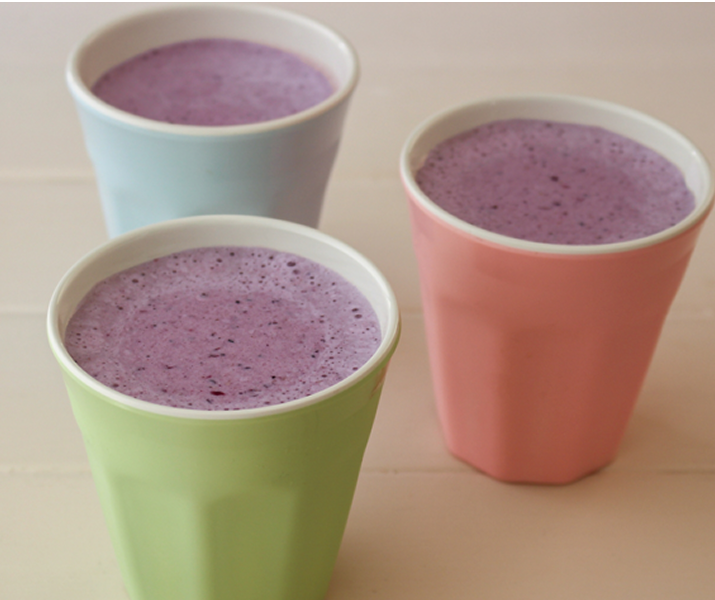
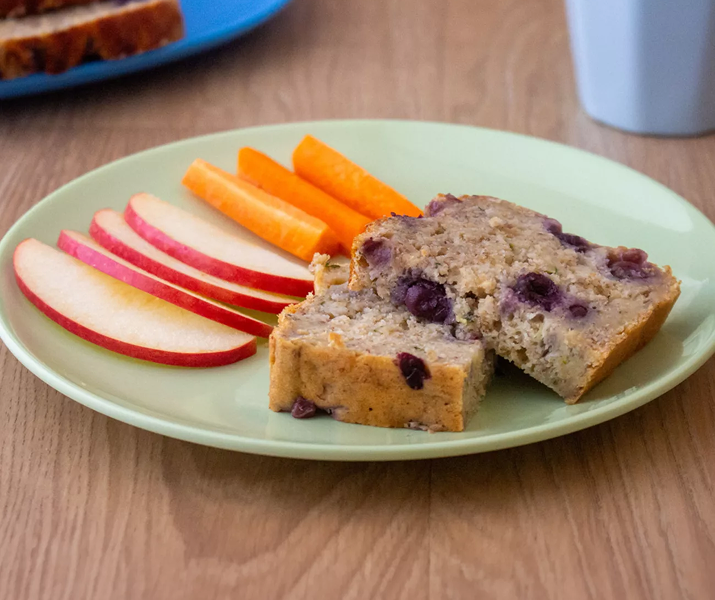
Garlic
Including fresh garlic in meals is not only good for a delicious flavour boost, but also the sulfur compounds in the garlic may support immune health. These compounds may have beneficial effects against microbial infections.
Garlic is easy to add into sauces, stir fries and curries – or toss fresh vegetables in garlic and roast.
Oily fish
Oily fish, like salmon, tuna, sardines and trout, are packed with omega-3 fatty acids and other fish still have some in lower amounts. Research has shown that these omega-3 fats may have an anti-inflammatory effect in the body and support immune health.
Rather than the usual tuna salad or roasted salmon, you could try a can of sardines in a recipe. When young my dad used to make them. They’re delicious on toast served with a little onion and fresh lemon. Introduce these foods young and they can become part of the young person’s repertoire.
Kale
Your mum always told you to eat your leafy greens. And she was right. Kale contains vitamin C, beta carotene and other vitamins and minerals that may support immune health. Any leafy green vegetables will do the trick, check what is in season and vary the ingredients using the Menu Plan & Order recipes throughout the year.
Eat it raw in salads, toss it through a stir-fry or curry, or even roast it with a little salt and olive oil for a light and crunchy chip alternative.
Kiwi fruit
In one kiwi fruit, you’ll find nearly double the recommended daily intake of vitamin C. Perhaps somewhat controversial, I recommend serving the kiwi fruit with the skin on for extra fibre. Just wash it and rub off some of the fur. This also produces less food waste, so it’s a win-win.
Broccoli
Broccoli is another good source of vitamin C and antioxidants, and a popular one with some children. Research shows that the best way to cook broccoli to retain its beneficial properties is by steaming or microwaving. The less you cook the broccoli, the better it may hold onto its vitamins and minerals, and will likely taste better too. Over-cooking can make it taste a little bitter.
Add broccoli to stir-fries and curries, or steam it lightly as a side dish. You can also enjoy eating raw broccoli with hummus or a yoghurt dip. For young ones, eating with your hands can be fun – and what better way than to pick up a broccoli ‘tree’ and dunk it into a delicious dip.
To encourage children to eat a wide variety of foods, offer new foods over numerous times. Embrace variety and know it will take time for children to like them. Persistence pays off, the children will eat to support their immune system when a diverse selection, modeling healthy eating habits and mealtimes are fun. Involve kids in the process too where you can, healthy eating can be fun for everyone.
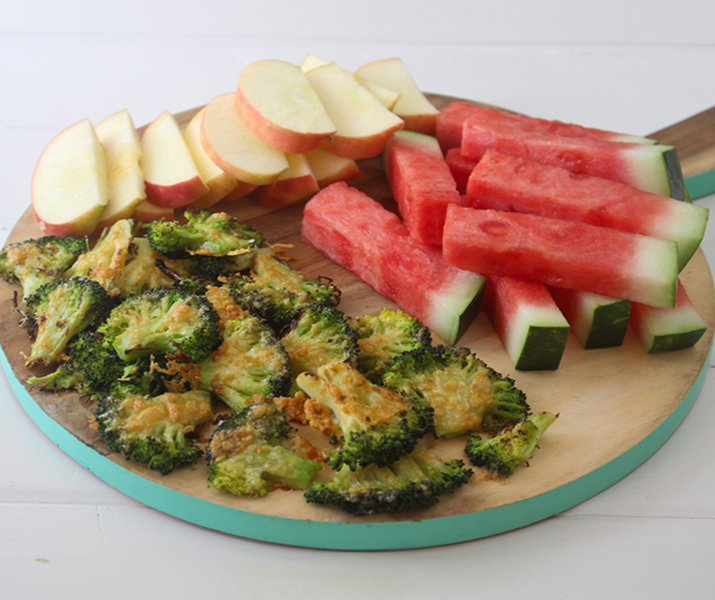
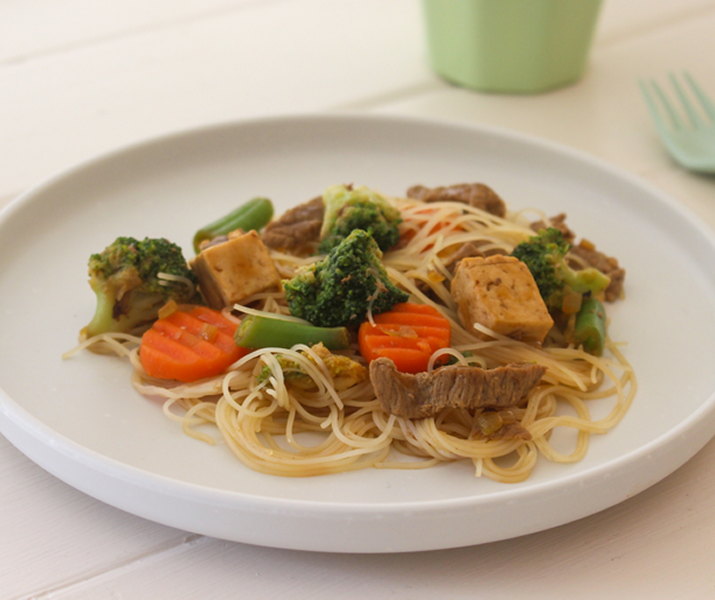
How to use Menu Plan & Order
Take a quick video tour and see how easy it is to take the work out of menu planning.
